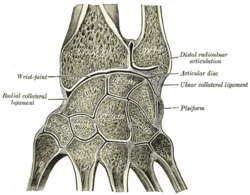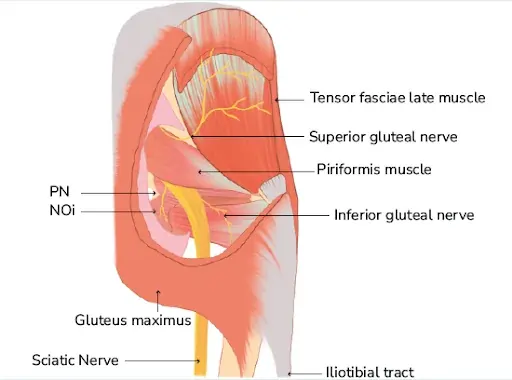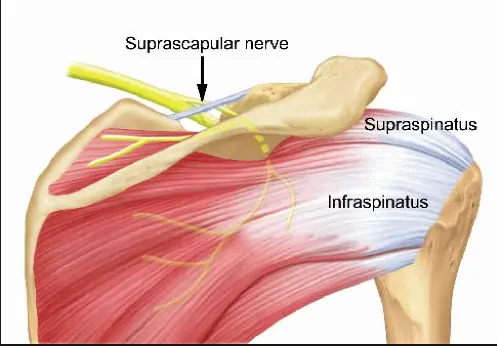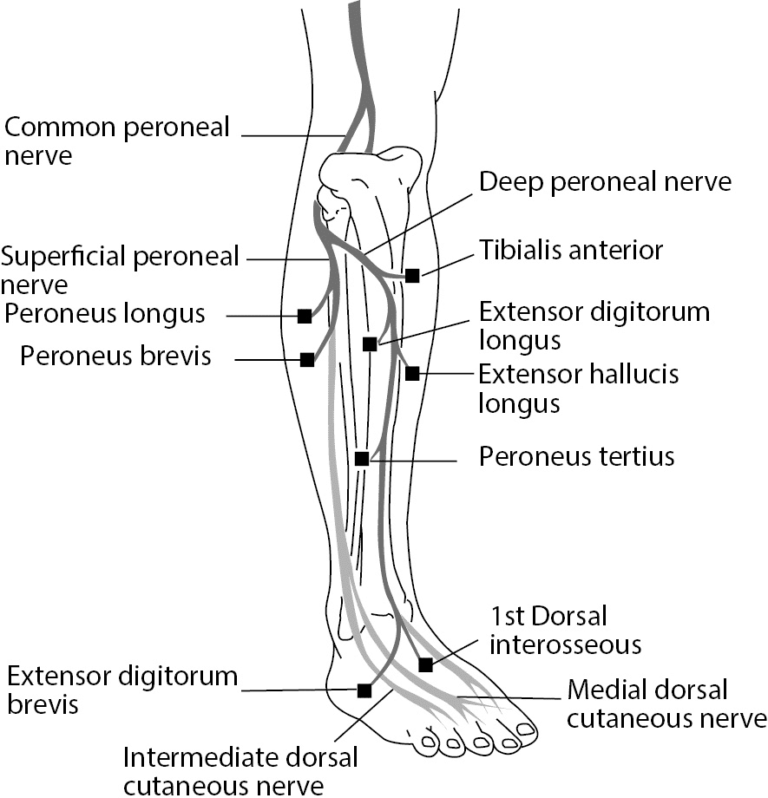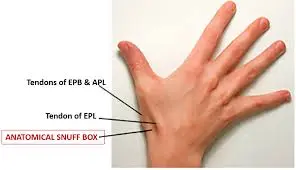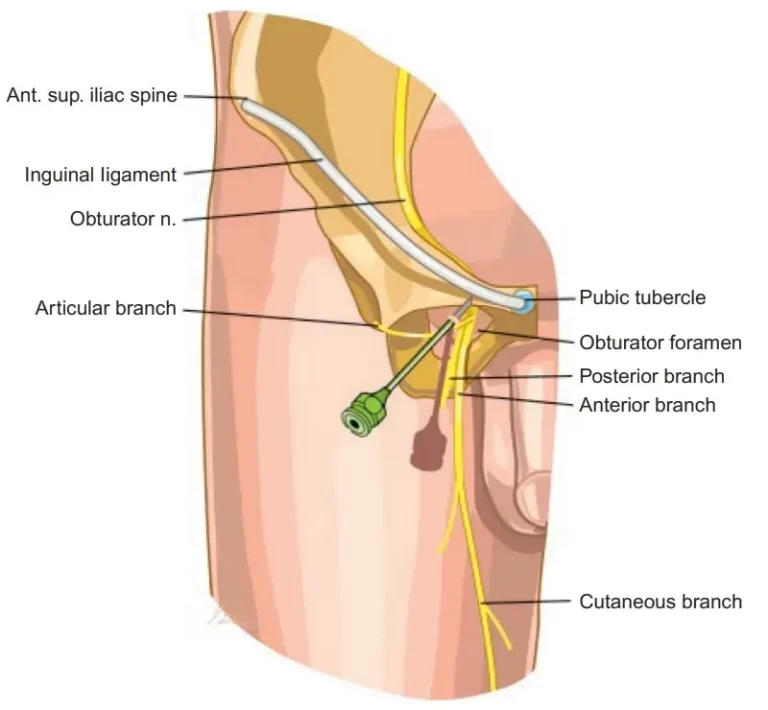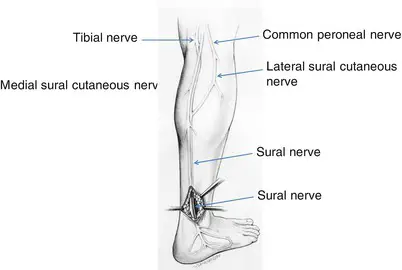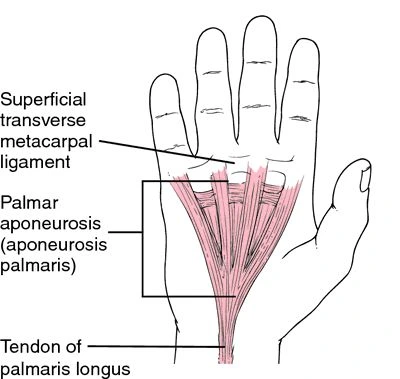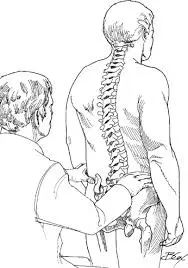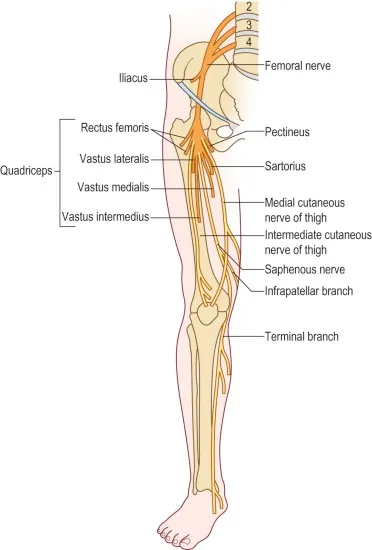Distal Radioulnar Joint
The distal radioulnar joint (DRUJ) is a synovial pivot joint located between the distal ends of the radius and ulna. It allows for forearm rotation (pronation and supination) by enabling the radius to move around the fixed ulna. Stability is provided by the triangular fibrocartilage complex (TFCC), along with ligaments and muscle support. The DRUJ…

